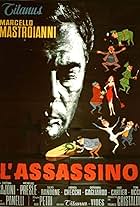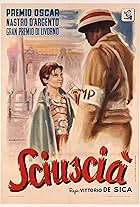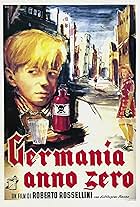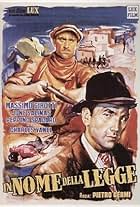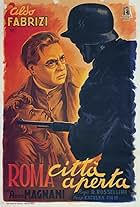Giuseppe De Santis (Riso amaro, 1949) achieves an excellent narrative work based on a real event, an accident that occurred in January 1951, on Savoia Street in Rome. In what I have mentioned, I am limiting myself to not advancing any more details about that misfortune, since its outcome is more shocking when it happens at the least expected moment. I highlight three important aspects. The first is about the initial music that accompanies the credits of the film. Its composition is, without a doubt, the incentive that Alfred Hitchcock will have for his own films. Although it has little or nothing to do with the story that De Santis tells, Hitchcock will attend better and will know how to use it greatly in his own works. Likewise, the second aspect is the quality of the photography, its plans, its settings, its excellent proportions. In all the images you can appreciate the elegance and refinement of a critical and poetic eye. The third and most important aspect is the construction of the characters, their development and their growth in the conflicts they go through, before the tragedy and after it. It should be said that, once again, it is in the feminine features where the director manages, as in other of his films, to sustain the drama, with a beautiful combination of fragility and strength, beauty, poetry. Roma 11:00 is, clearly, a great film of Italian neorealism, simple but forceful, whose gaze crosses various historical problems that are reiterated: love, poverty, pain, empathy. A masterpiece that is seen, however, somewhat conditioned by the specific limits of the subject it deals with and can remain rather anecdotal, in a memorial, in the local of a specific event, almost journalistic.




















